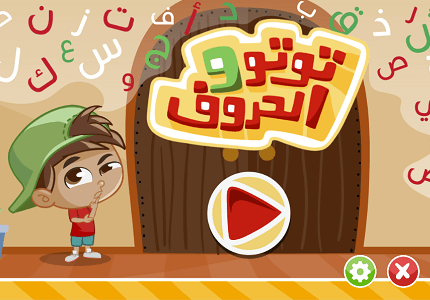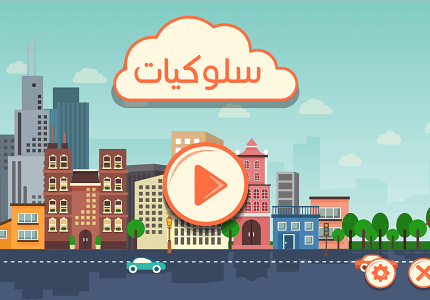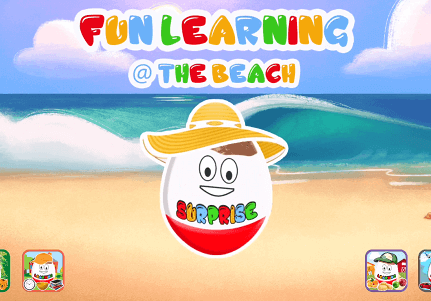No products in the cart.
Purchase
https://codecanyon.net/item/similar-social-network/20949372
Manual
You can view or download the manual in the following link Manual
Definition
It’s a social network titled as “Similar” which allows the distributed users to involve , communicate and collaborate to a achieve some goals, from anywhere and anytime.
Who can use Similar
Users that need to communicate and collaborate with them to achieve some goals. An example of communities that may use Similar includes :
- Geographically distributed stakeholders need to discuss some business issue(s).
- The company that needs to gather user requirements, or user feedback about some project or services.
- A group of employees in some company, some institution or in ministry need to make discuss some domain.
- Students with each other, teachers with each other, or teachers with students
Similar Features
Similar has a set of features, that can help users to communicate and collaborate, where they are in the distributed environment or not. These features described as following:
- User Profile : Personal data associated with a specific user, which includes: User Image, Background Profile Image, User name, email, title, Hobbies, Skills and contact information. ..etc.
- Posting: Which represents user story user need to submit to the Posts wall.
- Comment on post: it an reply to a specific post.
- Actions : An action can be created by users to show their feelings about the post(s) or comment(s). Similar provides three type of actions including (Love, Like and Dislike).
- Chatting: It is a real-time chat that allows users to send and receive text, photos andvideos as well.
- Groups: A set of users to share information. There are two types of groups:
- Public: Anyone can view the group, its members, and their posts.
- Private: Only members can see group members and their posts.
- System Notifications: Are updates about the activity. There are three types of notifications:
- Post/Comment on post notification: when someone adds a new post to a specific group, the other user will receive a notification about a new post/comment added by a specific user.
- Chat notification: when someone adds a new comment on the chat session, the system will send notification about that to other users in the group.
- Request a friend notification: when someone sends a request to another user to be friends in the network.
- Email Notifications: Notify users by email when somebody creates a new post or comment on a specific group.
- Emotions: Similar allows users to write emotion faces to describe their feeling(s) for example: happy, sad.
- Reset Password: When a user needs to change his/her password to a new one.
- Manage Group: Similar allows the administrator group to add/remove and make another user(s) as administrator. In specific group.
- Forget Password: When a user forgets his/her password he/she can rest it, where Similar will send the new password using user email.
- Registration: Allows a user to create a new user profile, in order to join the similar social network.
- Search content: Similar has a search engine, which allows the users to search for group content by date, member, post and comment content.
- Hash-tag: Similar support Hash-tag feature to allow users to classify and tag their own posts and comments. In addition, when a user clicks on specific Hash-tag similar will view all posts and comments that contain the Hash-tag.
- View Friends: Allows users to see all connected friends.
- View groups: Allows the user to see their groups.
- Request to join Group: Similar allows users to request another member to join specific group.
- Online Users: Similar allows users in specific group to see all logged in users in the same group.
- Responsive UI: Similar has a responsive user interface that supports smart phones, tablets and desktop screens.










Leave a reply
You must be logged in to post a comment.